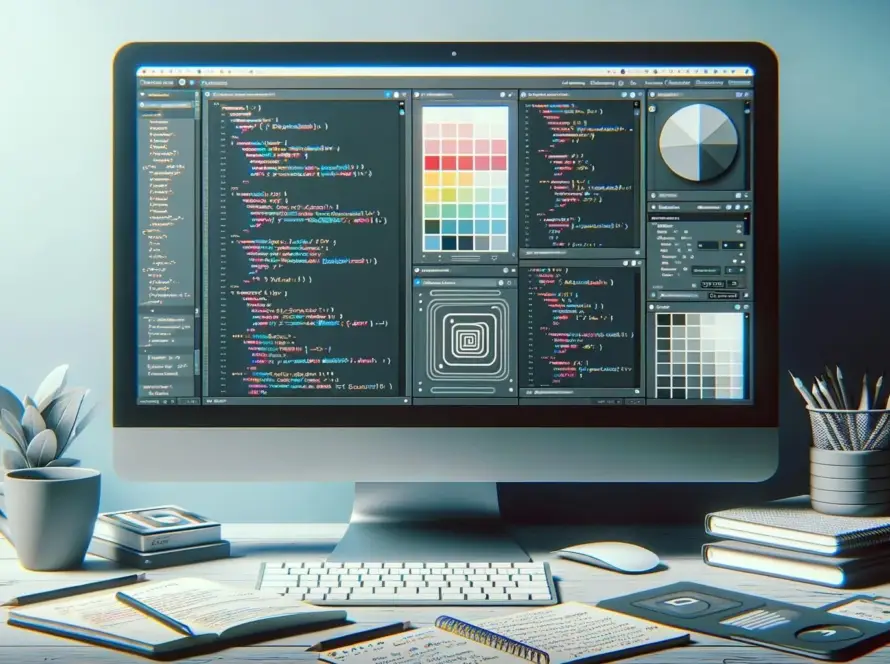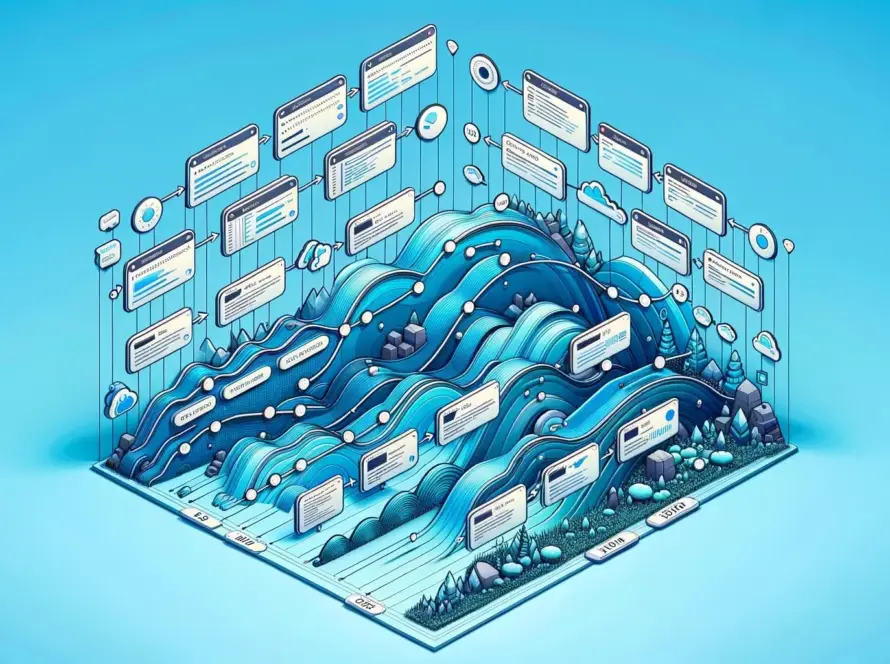Generated by Contentify AI

In today’s digital age, visual content has become increasingly important for online engagement. While images can undoubtedly capture attention, wouldn’t it be even better if they were interactive? With the power of CSS (Cascading Style Sheets), you can transform static images into engaging and interactive elements that not only captivate your audience but also enhance user experience.
One effective way to make images interactive is by implementing hover effects. By utilizing CSS hover properties, you can add animations or transitions to your images when users hover their mouse over them. For instance, imagine a product image on an e-commerce website that enlarges or displays additional information when the user hovers over it. This not only provides a more engaging experience but also enhances the user’s understanding of the product.
Another technique to consider is overlay effects. By strategically applying CSS overlays, you can add clickable areas or content to your images. This is particularly useful for creating image galleries or interactive infographics. By layering elements on top of your images, you can transform them into dynamic and interactive components that encourage exploration and interaction.
Additionally, CSS can be used to create interactive image maps. Image maps allow you to define multiple clickable areas within an image. Each area can be linked to a specific URL or trigger a particular action when clicked. This technique is perfect for creating interactive floorplans, navigational maps, or infographics with clickable data points. By leveraging CSS, you can take your static images to a whole new level of interactivity and engagement.
In conclusion, CSS provides a wealth of possibilities for making images interactive. Whether it’s implementing hover effects, overlay techniques, or image maps, CSS empowers you to transform static images into engaging and interactive elements. By leveraging these techniques, you can enhance user experience, captivate your audience, and ultimately drive greater online engagement. So why settle for static images? Get creative with CSS and make your visuals come to life!
Key Takeaways
- CSS can be used to make images interactive by adding different effects such as hover effects, transitions, and animations.
- Hover effects allow for changes to be made to an image when the user hovers over it, such as changing the opacity, adding a border, or displaying a caption.
- Transitions and animations can also be implemented to create dynamic and engaging effects, such as fading in and out, sliding, or rotating the image.



